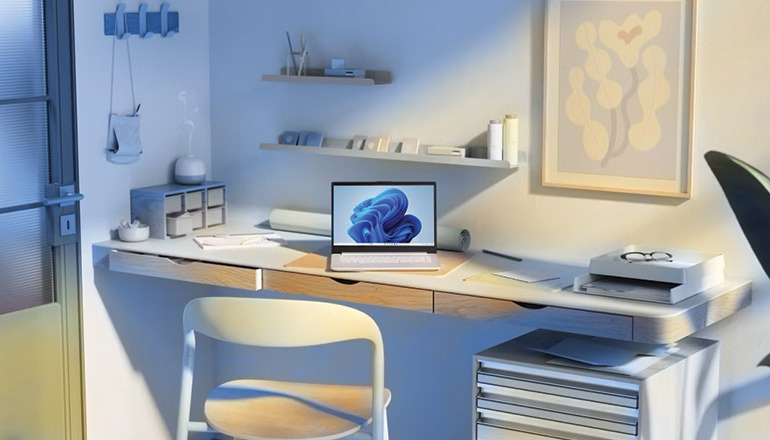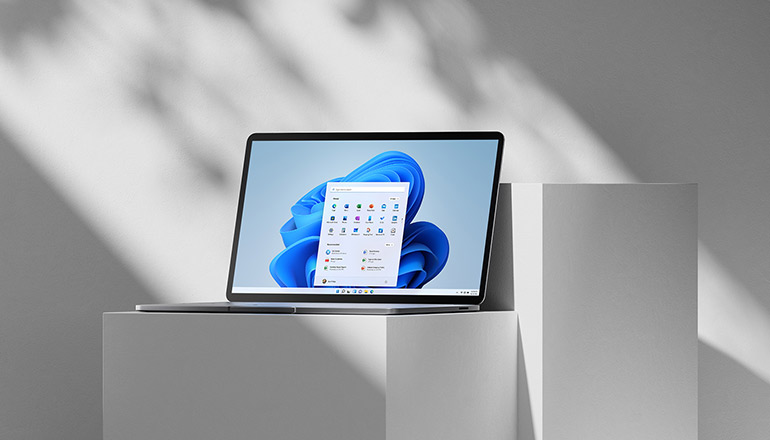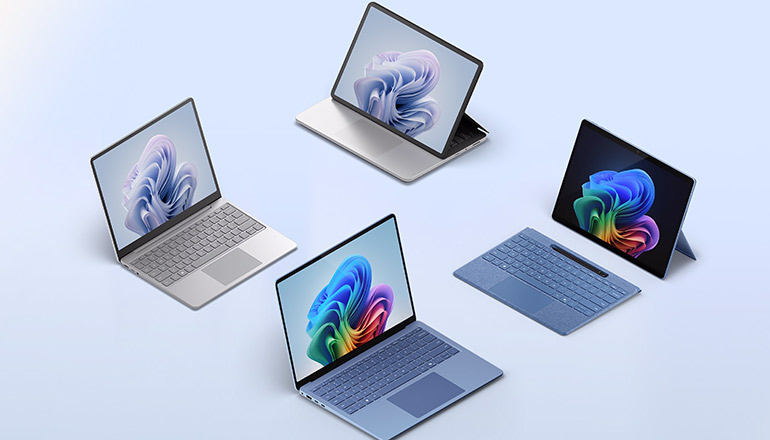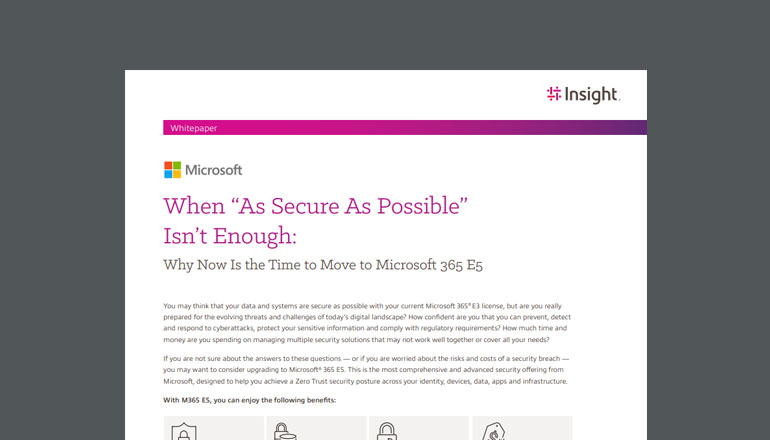Blog Make Work Life More Memorable: Go Modern
Computers are like cars, in that we spend so much time with them, and use them so widely, they reflect who we are. They're no longer a simple object or possession on which we do work. A computer is an extension of us.
By Insight Editor / 15 Jun 2020 / Topics: Devices Featured

Porsche drivers are proud. They love the feeling, the smell even, of being behind the wheel. It’s their second home. Porsche drivers never say, “I’ll swing by at five o’clock to pick you up in the car.” They refer to it as “the Porsche” – as in “I’ll be out front at five in the Porsche, look out for me.” It’s not an object or a possession – a Porsche is part of their identity.
Computers are like cars, in that we spend so much time with them, and use them so widely, they reflect who we are. They're no longer a simple object or possession on which we do work. A computer is an extension of us.
Traditionally, the big computer hardware vendors would have us believe the essentials of choosing a computer were “performance”, “versatility”, “portability”, and “productivity.” They all churned out similar marketing messaging for years.
But, as users, we know that’s not true. Those aren’t the compelling reasons why we buy a particular computer or even most other technology – not in the modern world we live in.
The most important factor in a new computer is how it makes you feel to use it. Does it give you a sense of pride? A sense of purpose? Can it be part of your identity? Will it make your life better?
With their Surface devices, Microsoft has done an incredible job of making computers that people are proud to own and use – a feat achieved in well under a decade.
“I’ll go grab my laptop,” said no Microsoft Surface owner ever. “Let me grab my Surface,” is what you’ll hear them say, with a sense of pride.
But why?
The Surface is memorable, and people want to be remembered. Whether you’re carrying a Surface under your arm as you move between meetings, have it perched on a café benchtop as you sip your piccolo, or are using it to conference call with someone a thousand miles away – others notice and remember.
Similarly, IT teams link a sense of purpose – bragging rights if you will – to how modern the systems and services are they use to manage their company’s networks and devices.
There’d almost be a sense of shame in IT teams still managing things in the “traditional way”.
Why throw away a perfect engine?
Imagine buying a Porsche. Now, imagine it gets taken directly to the mechanic, only for them to completely throw out that beautiful German engineered motor and rebuild it all from scratch. Why would anyone do that to such a finely tuned piece of machinery? Surely, you’d never expect your Porsche to run as well as if you’d just left it as the manufacturer intended.
Yet, for so many years, this was the traditional way to manage new computers in the enterprise. IT departments bought them, wiped all the original manufacturers software from them, and rebuilt the software from scratch along with a bunch of additional “bloatware” that users may nor may not have needed. And they did this for almost every different model of computer.
It was referred to as an image, or “Standard Operating Environment” (SOE). Building and maintaining those images took much time and effort. Accordingly, organisations didn’t change their SOE much, often persisting with old Windows operating systems for four or five years to avoid the substantial “re-imaging” project. That’s why you always ended up with the latest and greatest version of Windows on your home computer and an ancient one on your work computer. Thanks, SOE.
The idea of imaging has taken a back seat to more modern ways of managing devices – much better suited to the world we live in today.
A world where Microsoft pushes out new builds of Windows every six months, making it untenable to continually updates SOEs. A world dominated by remote working, making the idea of having to bring a computer back-to-base for re-imaging nonsensical.
Making device management memorable
Just like with Surface, Microsoft has made the modern provisioning and management of devices memorable – both for IT staff and end-users.
A modern device management strategy means zero-touch deployment. Using tools including Windows Autopilot and Microsoft Intune, IT teams can allow end-users to unbox an off-the-shelf PC and, with just a few clicks and logging in with their credentials, apps and configurations are applied to the PC according to the user’s profile.
No need for IT to take possession of the PC, wipe it and re-image. No need for the end-user to spend hours on the phone following IT instructions. Not even a requirement for the PC to be physically connected to the corporate network. Just a modern PC, a willing and able user, and an internet connection.
Microsoft is making tech memorable with modern devices and management tools. IT decision-makers, CTOs and even HR leaders should be giving deep thought to how adopting modern device policies can benefit both their general user population and IT staff – how it can make work-life in their organisations more memorable.
Because we all want to be memorable. Technology isn’t just a means to an end – it’s become an extension of our identity. A reflection of who we are.
And, well, we can’t all drive a Porsche.
About the Author:




